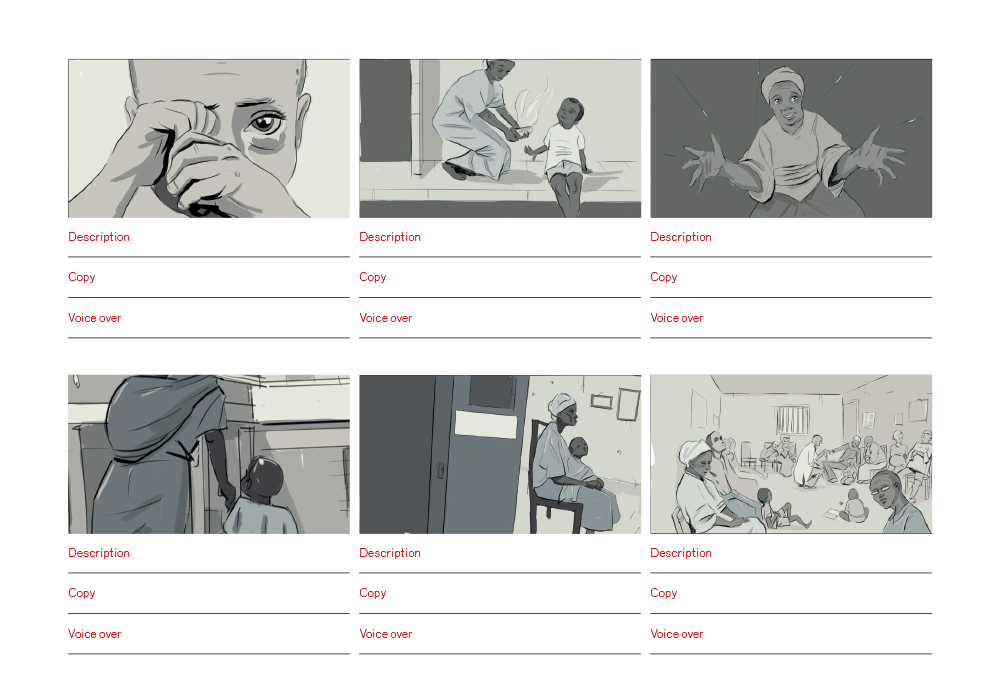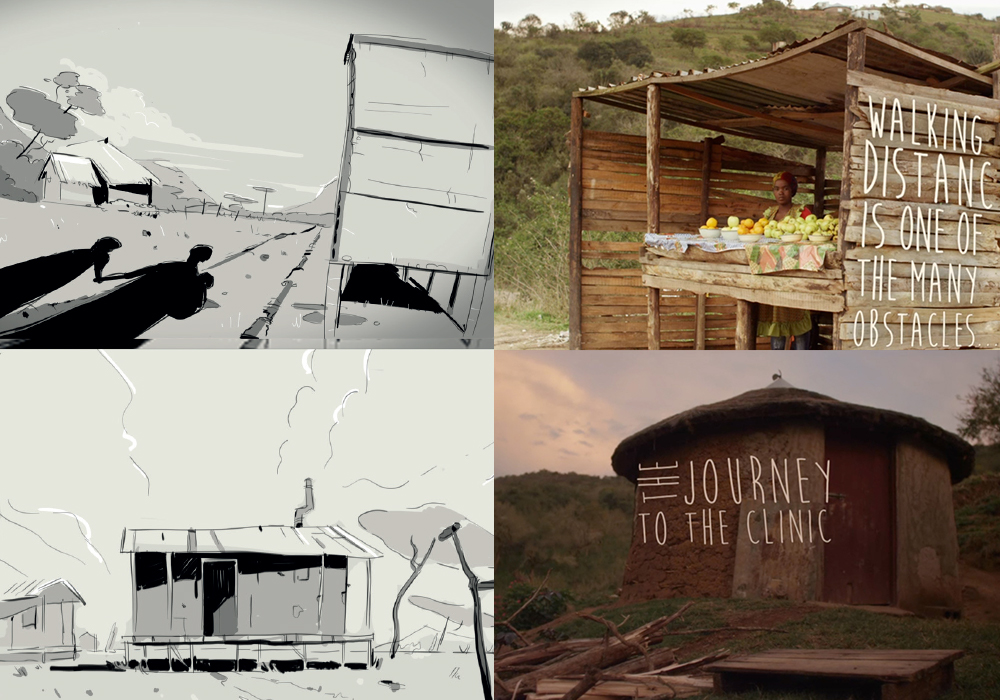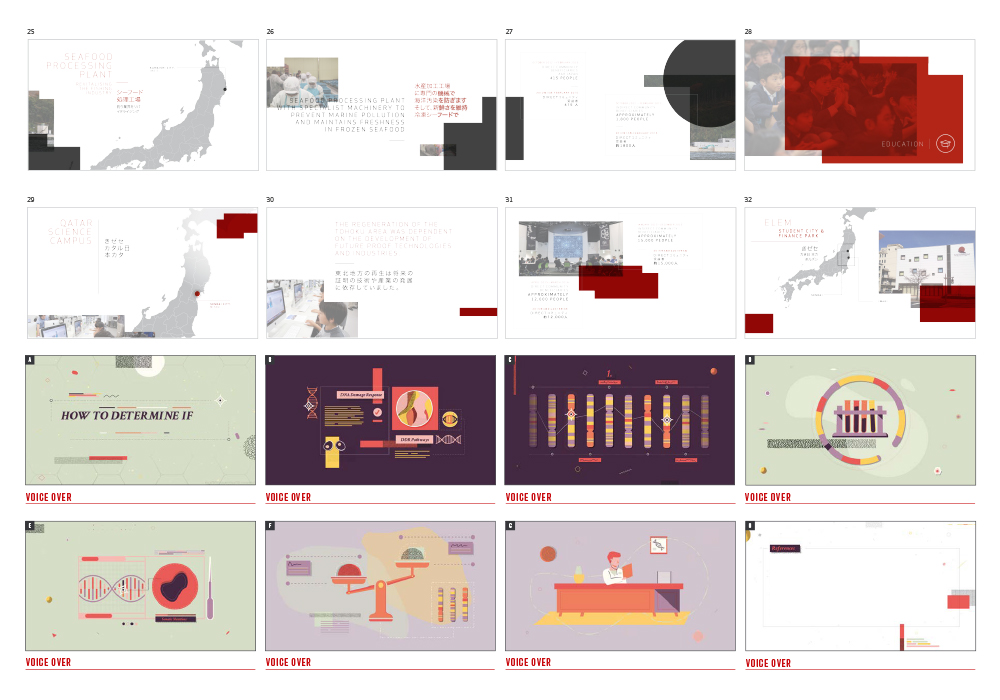MARCH 26, 2020
The vast majority of successful visual media projects typically start life as a storyboard.
Whether it’s a simple animation, 30-second advertisement, a commercial with lead generation at its heart, a movie trailer, full-length film or other project that features moving parts on screen, it’s always wise to lay your ideas down sequentially on a storyboard.
So, what actually is a storyboard?
Storyboards are a breakdown of scenes, representing the planned shots for moving image media. These scenes are normally divided into a number of boxes, with each box representing a consecutive moment in time. Sketches showing character positions, actions, emotions, and basic movement fill these boxes, visually showcasing the project in static form.
The storyboard is typically formed from a script, and each box is supported with a short sentence detailing what’s happening – even if it’s only showing a split second of screen time, that detail is vital to getting the flow of the video right and making sure there’s no dead air or empty frames.
5 reasons why a storyboard is so important
Storyboarding is the first step to narrating your story on screen. They’re the ultimate creative blueprint, keeping the project moving smoothly, delivered on time and to budget. Here are five reasons why the storyboarding process is so important:
1: Telling the best story you can: Not everybody is able to visualise complex movements and artistic direction. Show rather than tell. Storyboards provide an outline of the design team’s concept for the project, helping to easily explain creative ideas and get across what will happen during every second of screen time available to you.
2: Avoid any potential errors: Once outlined, a good storyboard will continue to be worked on to help to identify and avoid potential errors. Animating and live-action filming is an expensive process; if an idea doesn’t fit, the resources needed to fix scenes and correct errors will impact not just on project timings, but will also hit the budget hard.
3: Perfect project planning: Your ad’s 30 seconds long. What do you want to happen in that time? Storyboards help you to realise your vision and gauge project scope. Once it’s green lit, both the client and design team know where they stand in regards to budget, timings, team planning, location scouting and everything else needed to make the project a success.
4: Attracting new investors: Storyboards can also be a great ally for those pitching to investors, showcasing complicated ideas in an easy-to-understand way to people who may be interested in backing your project. Not everybody has a design-oriented mind; explaining your project through a storyboard can make your wider proposition so much more attractive.
5: Keeping on the same page: Storyboards also act as a great guide for everyone involved with the project to follow. It will help the design team to organise their ideas and plan stages effectively; it will help camera crews take the right shots; it will show animators how to position their characters at key stages; it will show actors how to emote and – most importantly – how to get your message across to the right people in the best way possible.
The science behind storyboarding
You’ll have heard the phrase ‘a picture paints a thousand words’ and (though it’s massively overused) it’s true.
Visuals – even if they’re rough preliminary sketches – show so much more to the team working on the project and the client than a wall of text can.
As well as the creative advantages of using images to explain a project, the science supports it, too. When people hear information, they’ll only remember 10% of it three days later. Pair that information with relevant images, though, and 65% of the information will be retained.
We’re a highly-visual species; images are easier to process in the brain than walls of text, and those following directions that include both text and images do 323% better than people who follow instructions without illustrations.
The wider point is this; with 6 out of 10 people preferring online videos to television, 55% watching videos online every day, 85% of businesses using video as a marketing tool and online videos set to make up 82% of all consumer internet traffic by 2022, your video will need to be as perfect as possible to attract the right audience and set yourself apart from the competition.
And that’s where storyboarding comes in.
So, in conclusion…
Once drafted, a storyboard is the blueprint for a strong animation, trailer or video. They’re a crucial part of the creative process when animation and live-action storytelling is involved, and getting it right will keep production costs and timings tight and see your brand take to the screen in the best possible way.
Remember that:
- Storyboards help visualise the script for the client
- Storyboards help to identify and avoid potential errors in the animation process
- Storyboards protect the client’s investment, keeping everybody involved on the same page
- Storyboards help the creative agency to organise staff and timelines
FIND OUT MORE ABOUT THE STORYBOARDING PROCESS AND HOW VIDEO IS KEY TO GENERATING NEW LEADS BY SPEAKING TO TAKEOFF TODAY!


